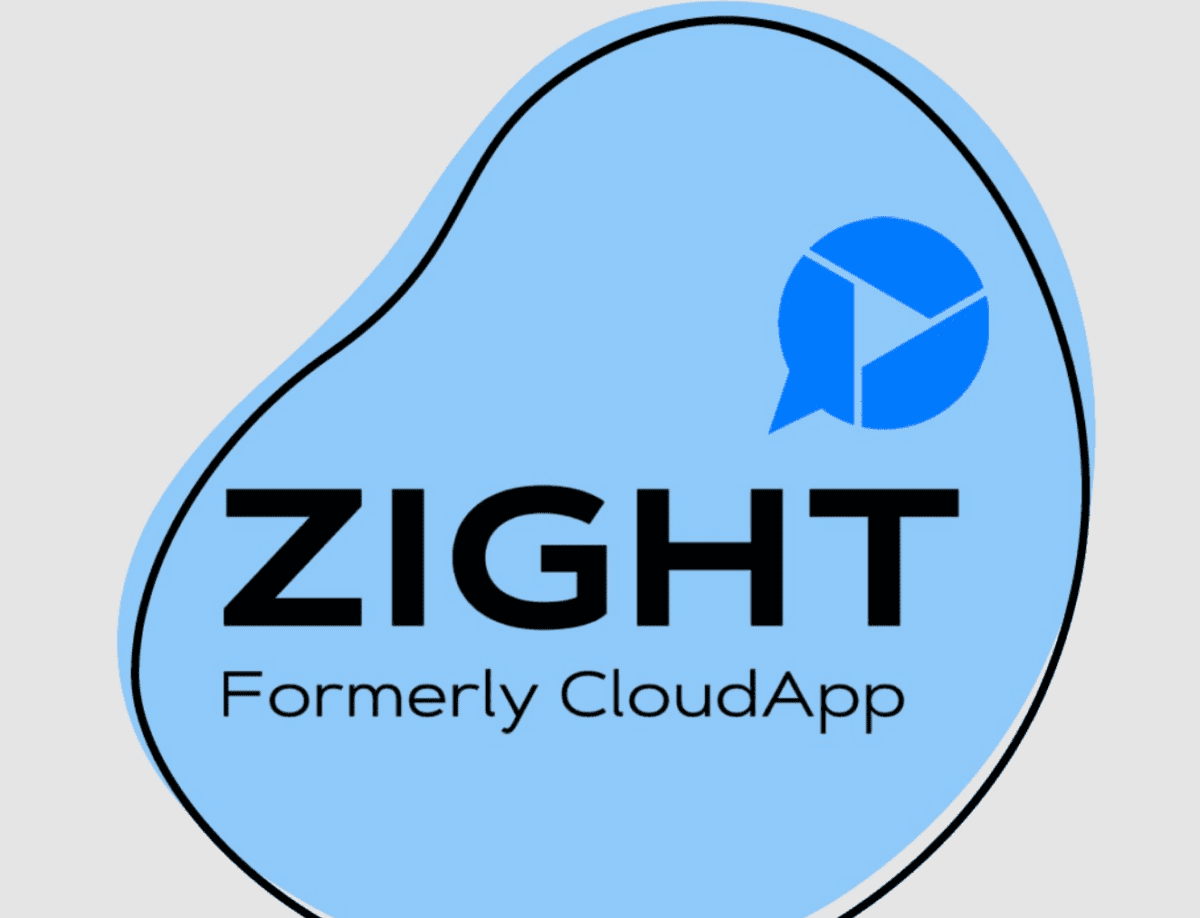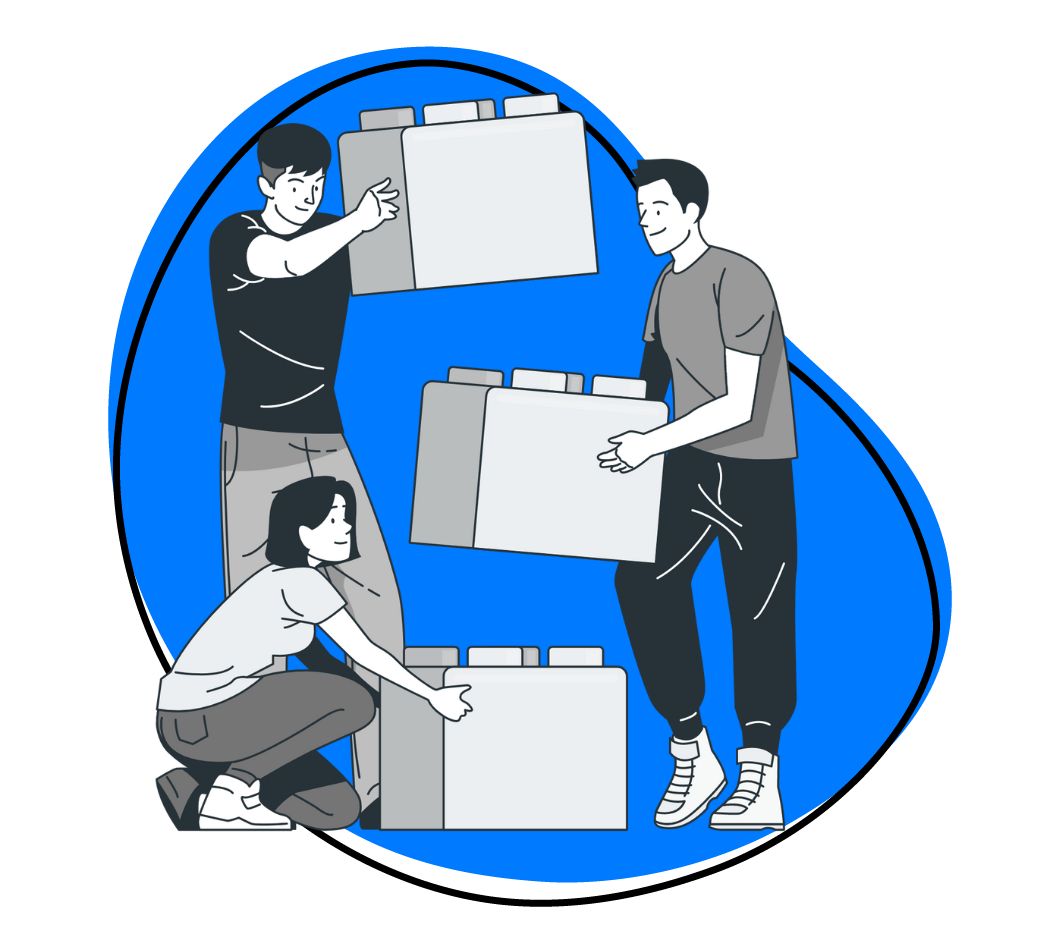The space you work in ultimately affects the quality of work you are putting out. Most companies have some sort of goal for employee productivity, as this is important for output and overall well-being. Whether you’re working in a traditional office setting or remotely, there are many factors that can help or hurt your productivity.
Today, we are going to talk about the work environment in depth. We will tell you what this means, the types of work environments available, and how the environment can affect employee satisfaction.
Read on also for how to improve your work environment, especially with technology like Zight‘s screen recorder, screenshot app, webcam recorder, and GIF maker for visual communication and collaboration.
Let’s dive right in!
Types of Work Environments
Before you start looking for ways to improve employee productivity, which type of work environment are you working in? Here are some types:
- Traditional office environment: This type often features a structured layout with dedicated workstations. Optimized well, it can promote individual productivity and minimize distractions. However, it may also limit spontaneous team collaboration and creativity.
- Open office environment: Characterized by fewer walls and more shared spaces, open offices encourage interaction and teamwork. While they can boost communication and collaborative efforts, they might also lead to distractions and a lack of privacy.
- Flexible work environment: This model allows employees to choose when and where to work to improve work-life balance and employee satisfaction. It often includes options for remote work, flexible hours, and hot-desking.
- Remote work environment: Employees work from locations outside a traditional office, such as home or co-working spaces. This environment supports flexibility and can lead to increased productivity, but it requires robust communication tools and strategies to maintain team cohesion.
- Activity-Based Work (ABW) environment: ABW environments provide various spaces designated for different tasks – quiet zones for focused work, meeting areas for collaboration, and lounges for informal interactions. This approach encourages employees to move around and use spaces that best fit their current activities for better efficiency and satisfaction.
- Collaborative work environment: Often seen in creative and tech industries, this environment emphasizes teamwork and collective problem-solving. It is designed to foster a culture of sharing knowledge or ideas and innovations but requires effective team management to ensure that collaboration does not turn into congestion or conflict.
- Hybrid work environment: It blends traditional office settings with remote work, allowing employees the flexibility to work both on-site and from other locations, such as their homes. This model has become increasingly popular due to its potential to balance structure and flexibility. It enhances both productivity and employee satisfaction!
Impact of Work Environments on Employee Happiness

The impact of work environments on employee happiness is multifaceted. A work environment influences employee productivity, retention, and overall organizational success. Here’s more:
- Employees who are happy in their work environment tend to perform better. Studies like the one from Oxford University show that happiness can increase productivity by as much as 13%.
- When employees feel comfortable and supported by their work environment, they are more likely to stay with a company. A positive workplace reduces turnover rates by increasing job satisfaction, which is crucial for maintaining a stable and experienced workforce.
- Workplaces that consider the physical comfort of employees, such as ergonomic furniture and access to natural light, contribute positively to their health and well-being. When you do so, you cut healthcare costs and reduce absenteeism – a surefire way to ensure employees meet their targets!
- A happy work environment makes a company more attractive to potential employees, while a toxic work environment will do the exact opposite. Satisfied employees are more likely to recommend their workplace to others, thus enhancing the company’s reputation and making it easier to attract top talent.
- Work environments also impact mental health – a positive setting reduces stress and enhances emotional stability, while a hostile workplace can increase anxiety and impair cognitive functions. Basically, a poor work environment will affect overall productivity and employee well-being , leading to missed deadlines, poor results, and a lack of motivation.
- If you’re launching a positive work environment, focus on employee recognition and appreciation. This way, motivate them and foster a culture of achievement and innovation. Employees who feel acknowledged are more engaged and committed to their roles and will drive the organization toward its goals.
How To Improve the Work Environment

As seen, the work environment is a make-or-break factor in employee productivity, happiness, and health. Here are some ways you can improve yours:
1. Lighting
In any place, the amount of light is important. While working, though, personal health can falter if you’re in an environment with poor light sources. Here’s how to get the best lighting for work!
At the office:
Most workspaces use fluorescent lights because they are affordable and an energy-efficient alternative to incandescent lighting. However, it’s actually one of the worst sources to use.
There is evidence suggesting that fluorescent lighting triggers migraines and causes eye strain because of the quality of light being emitted. According to a study from the National Institute of Health, fluorescent lighting may increase UV-related eye diseases by up to 12%.
In an office, consider installing LED lights instead, as they produce little to no radiation, and are more energy efficient.
Working From Home
If you work remotely at home, opt for setting up your office area in a space with maximum natural light.
A study from the Swiss Federal Institute of Technology concluded that people who spend more time in natural lighting as opposed to artificial have increased productivity and alertness. The data reconfirms from other studies that controlled daylight in built environments can reduce eyestrain, leading to improved workflow.
With ample natural lighting, you’ll be able to stay more focused and reduce your energy bill!
2. Organization
Your work area is sacred- it’s where you’re expected to meet deadlines, conduct projects, and complete daily tasks.
In the Office
Research from Management Decision has shown that conscientious people make more errors in a messy environment than in a tidy one, meaning that a disorganized space can be detrimental to work accuracy and management. Because the brain is trying to process all the items in the area, it’s harder to focus on the task at hand.
Think about the amount of time wasted looking for an important document or item. If everything has a place in your office area, you’re less likely to interrupt your workflow. Remove everything from your desk, cleaning it completely. After that, put back the items that are only critical for daily use.
Working From Home
Organization is essential in your home office as you probably have a larger space to keep in order. Establish work zones where you can delegate what type of activity happens in your office, ensuring that each area has the proper equipment and tools to help you be successful. Utilizing cube storage bins in your office will help keep a structured system between files, office supplies, and anything else you need on hand.
Make sure you’re digitally organized as well! Do weekly cleanouts of emails, images, and online files that take up too much space on your computer to minimize overload.
3. Unwanted Noise
When you’re at work, there are always distractions that can hinder your work performance. You need to set up a distraction free work environment.
In the Office
Open office concepts are becoming more popular because of the easy collaboration and interface, enhancing employee communication. However with coworkers bustling around, or people chatting too loudly, noise distractions can throw you off your stride.
Today, plugging into some tunes has become more of a norm in the workforce, especially those who work mainly on a computer. Listening to music while working is a factor in helping increase productivity. You can invest in a quality pair of headphones that will cancel out any other noise around you to stay on track.
Working from Home
Sound distraction isn’t as much of an issue when working from home. However, this doesn’t mean you should work in complete silence!
For instance, music with lyrics has been shown to actually disrupt our focus when trying to work. Our brain is trying to process a song’s lyrics and do tasks – something that overloads our minds.
If you’re doing a simpler task, such as going through your inbox, lyrical songs are okay, but if you’re doing something that requires more brain power try changing it up. Instead, listen to music without any lyrics, such as classical or other instrumental tunes.
The benefit of being home is that you can project your music on a speaker or directly from your computer without worrying about bothering anyone!
4. Sitting + Standing Desk
With 86% of Americans being sedentary at a desk for eight hours a day, having a desk that accommodates to you is important. If your body feels sore and achy after a long day, there could be a variety of factors that are hurting you. If you have poor posture, reinforcing this bad etiquette daily will further misalign your body.
At the Office
Remember to adjust how you’re sitting to ensure you’re not hunching over a keyboard while doing work. Your mouse and keyboard should be positioned in a way so your elbows are at your sides, with your arms at or below a 90-degree angle.
This way, your muscles won’t be straining to reach the keyboard, and your body will be able to relax a little more while working.
Working from Home
The benefit of remote working is that you can create or purchase a standing desk.
A study from Health Partners published research concluded that standing desks help improve energy levels and mood at work, compared to people sitting at work all day. If your back hurts after an eight-hour work day, a standing desk can reduce this – prolonged sitting can enhance chronic back pain.
At home, find a ledge where you can stand and work, or create your own standing desk station by investing in a tall table that you can type at. Ergonomically, the table height should be at or slightly below elbow height, with 20-28 inches between your face and the computer screen. Your neck and back will thank you later!
5. Hand-Written Records
Oftentimes, we’re in a meeting or at our desk when we’re handed a task. For some, it’s easy to remember and make a mental note of what needs to be done. Most times, this isn’t the case, though, and it can slip one’s mind.
A 2014 study showed that note-taking with an actual pen or pencil is more effective in learning than typing information on a laptop. The researchers found that taking notes on laptops results in “shallower processing”, meaning it doesn’t help you fully absorb the information in a way that you’ll be able to remember it later on. Especially during the work day with different facets of tasks being thrown at you, having it all recorded is best when you need to re-organize everything.
A planner, calendar, or notebook that you can keep on hand will go a long way in keeping you on track during the day.
Planners can improve productivity when it comes to sectioning off times to complete work duties, as well as holding you accountable to get things done on schedule. Whether at home or in the office, having a notebook nearby will enhance your production, and lower your stress levels, as you won’t be left wondering what you’re forgetting at the end of the work day.
How Zight Enhances Productivity in The Workplace

A good way to improve your work environment is through good communication. Communication brings teams and ideas together, so you want to invest in the best tools as early as possible.
Zight is your reliable visual communication software if you want to communicate faster and more effectively with anyone in your team – regardless of their office setting.
With Zight, you can:
- Record your screen to improve productivity. The screen recorder software is easy to use, and you can create training videos, customer onboarding tutorials, demo videos, and more – showing processes on your screen so that everyone stays on the same page.
- Use the screen recorder to record a meeting on Skype, Zoom, Google Meet, or Microsoft Teams. This is a good solution for teams spread across the globe where virtual meetings continue to pause challenges due to time zones and language barriers. If someone cannot join, record the entire meeting for them!
- Use the webcam recorder for pre-meetings and share the main discussion points for an upcoming meeting. This way, everyone knows what to expect – and you reduce workplace anxiety for a better and more welcoming environment.
- Capture screenshots to communicate ideas faster. No one wants a long call or a never-ending email thread. So, grab a screenshot on your desktop and annotate it to communicate best. Everyone on your team can also annotate to add more ideas, and you get notified each time.
Wrapping Up
Some work weeks are more stressful than others. However, with these tips, your productivity, engagement, and workplace happiness can increase, furthering the level of work you achieve.
Plus, with the right tools, you will strengthen your workflow and sustain well-being. Tools like Zight can help you increase your productivity and enhance your workflow.
